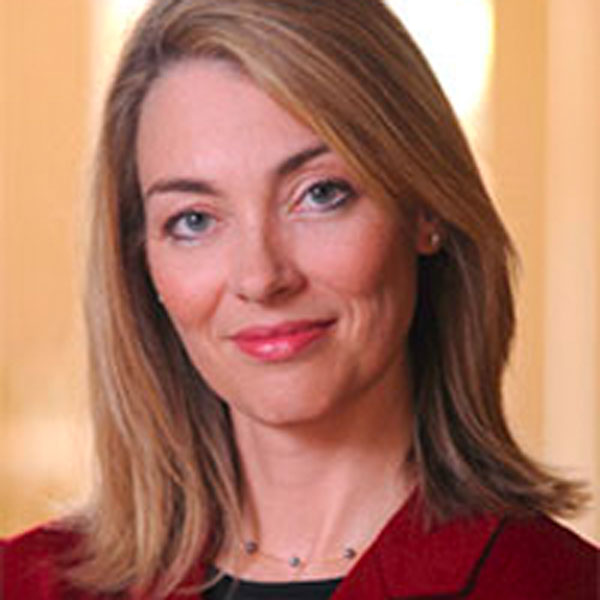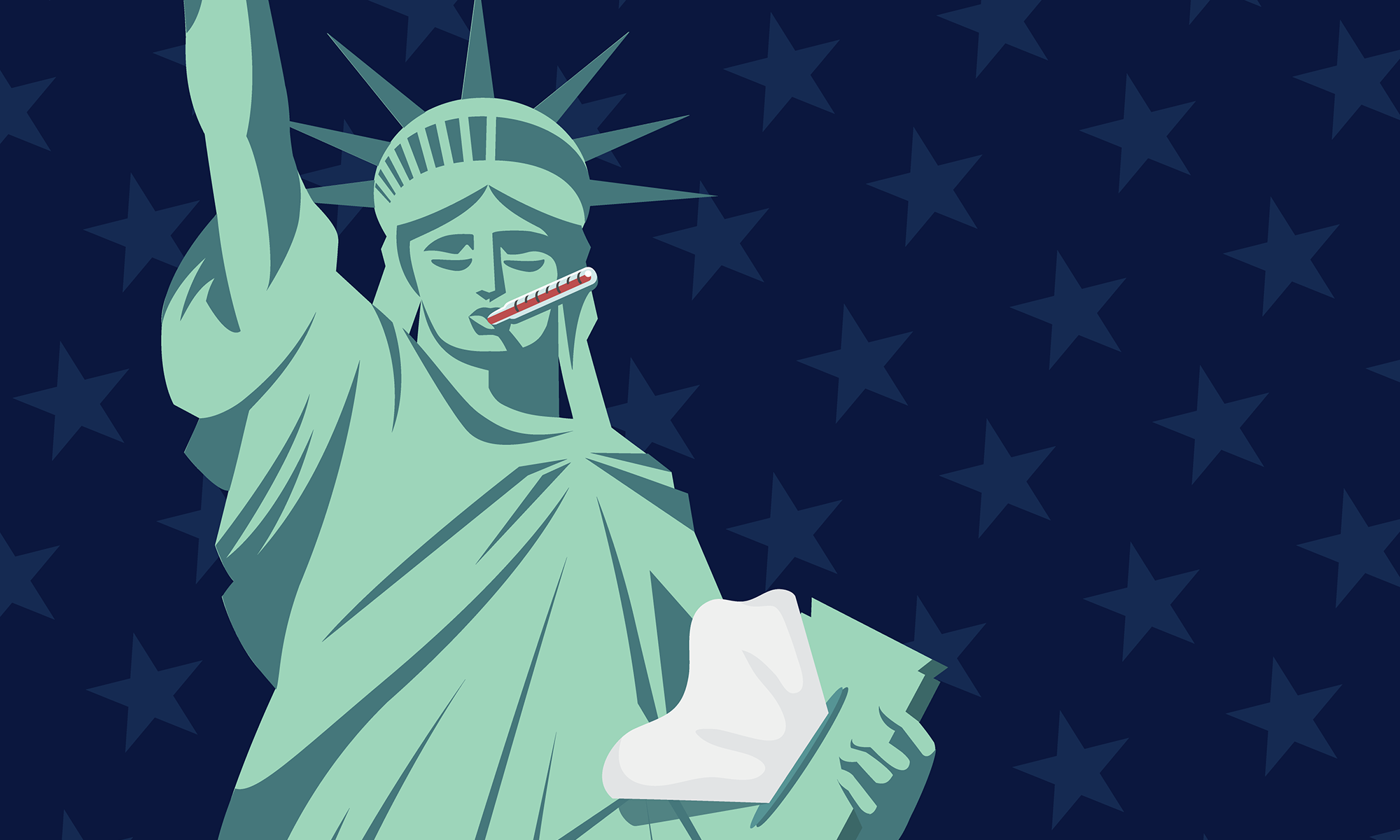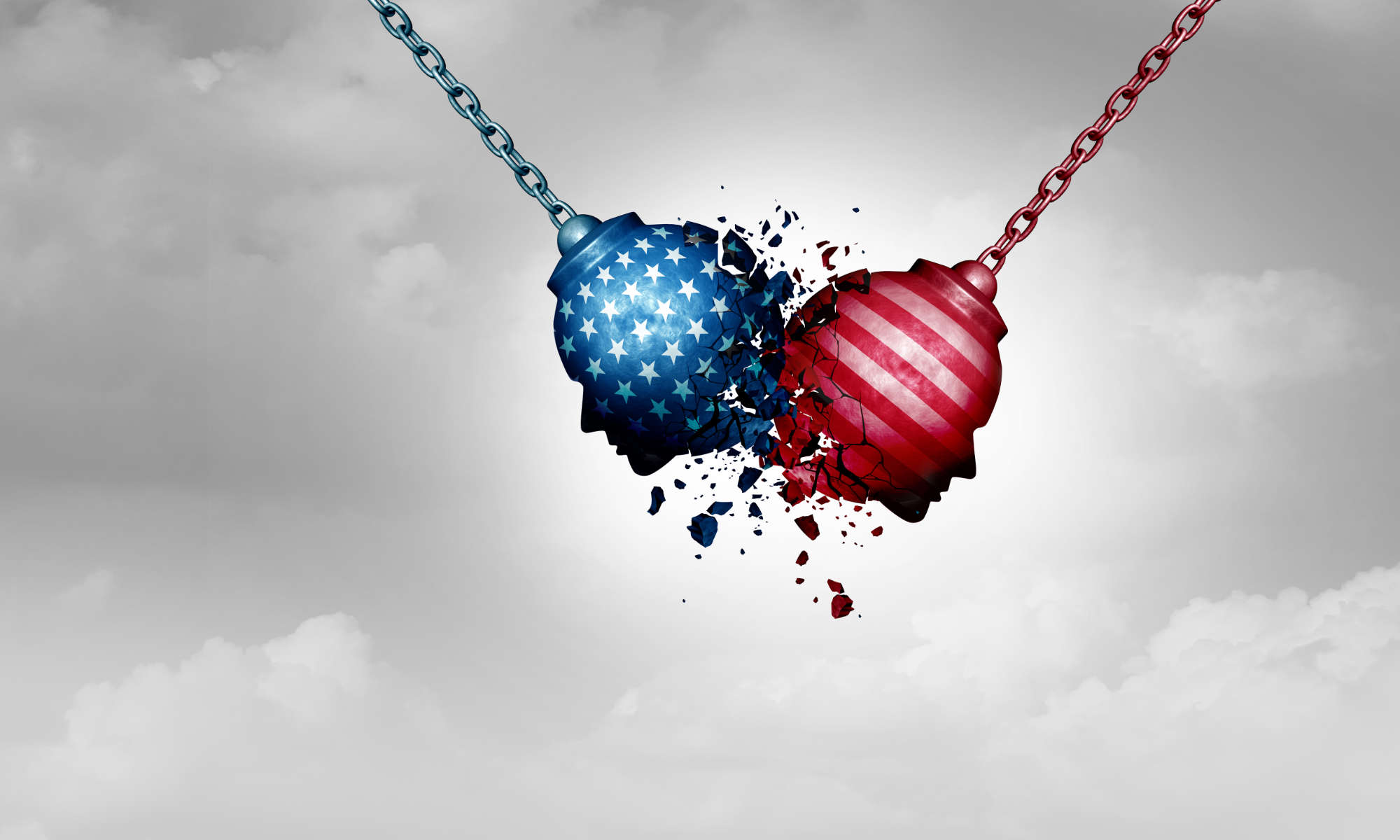The public is fed up with the US campaign finance system and supports reforms to restrict contributions and expenditures of political candidates and groups. According to a 2015 New York Times/CBS News survey, 84 percent of Americans believe that money has too much influence in American political campaigns, and 85 percent believe that campaign finance is in need of fundamental changes or complete rebuilding.
But according to research by David Primo, the Ani and Mark Gabrellian Professor and associate professor of political science and business administration at the University of Rochester, and Jeffrey Milyo, an economist at the University of Missouri, there’s a disconnect between what large swaths of the public believe about campaign finance law, and the reality. Addressing that disconnect is critical to policymaking.
Both are contributors to a national campaign finance report released today in Washington at the Bipartisan Policy Center by an expert task force modeled on the 2013 Presidential Commission on Election Administration.
The report, Campaign Finance in the United States: Assessing an Era of Fundamental Change, examines the current state of the US campaign finance system and its implications for future elections. In its executive summary, the report concludes that over the last 15 years the system has changed dramatically in terms of law, politics, and technology, making it “almost unrecognizable to participants in the 1970s system,” when the modern campaign finance system was born.
As part of their work on the task force, Primo and Milyo conducted two national surveys in 2015 and 2016 to assess the public’s views on campaign finance, how concerned the public is about the role money plays in the political system, and what—if anything—should be done about it. These surveys, discussed in the report and in a companion paper, form the basis for their book project Campaign Finance and American Democracy: What the Public Really Thinks and Why It Matters.
They found that even as the public supports campaign finance reform, many are misinformed about key aspects of campaign finance law. That’s not surprising, they argue, considering the complexity of the law. Moreover, they found that large shares of the public, already mistrustful of the political system, are skeptical that reform would have a meaningful impact on the workings of American democracy.
Milyo and Primo’s research forms the basis for the report’s assessment that political scientists should “shoulder some of the blame” for the public and the media’s apparent misunderstanding of basic facts about campaign financing: “We have failed in many cases to bring to light the data and analysis that preoccupy experts in the field,” the report finds.
For example, their research shows that many proposals that are popular with the public are unlikely to bring the desired results.
“Public opinion on campaign finance is far more complex than the media or reformers would have you believe. In fact, our research calls into question the foundation of modern campaign finance law, which rests on the belief that stricter laws will increase public confidence in government,” says Primo, the author of several papers and op-eds on campaign finance.
Among the report’s key findings:
- Super PACs—Created by a court ruling less than six years ago, they have become the dominant actors and “the vehicle of choice” for big donors. That means a relatively small group of people is providing an increasing share of the money spent on political campaigns.
- Parties—Due to the rise of Super PACs and related organizations, the political party network has changed dramatically, creating groups that are “alter egos of parties and candidates” and independent groups that compete for large donors.
- Corporations—The feared cash influx from corporations in the aftermath of the US Supreme Court’s decision in Citizens United vs. FEC (expanding the ways in which corporations and unions could spend on campaigns) has not happened. While some individual large campaign donors have corporate connections, only a small share of campaign financing comes directly from corporations.
- Disclosure—The evidence about undisclosed money sources is inconsistent: while the amount of undisclosed money (most of it through 501(c)(4) organizations and some through Super PACs) grew in the 2012 presidential election, it declined in 2016.
- New Media—While television ads continued to receive the largest share of campaign dollars in 2016, the last election marked perhaps a “watershed moment” with record spending on internet and social media campaigns, which going forward will likely cause a major shift in campaign strategies/candidates.
“Campaign finance is an area where there is often more heat than light,” says Primo, an expert in fiscal policy, campaign finance law, and corporate strategy. “Political scientists have a responsibility to be more involved in the public discussion.” Primo has testified before Congress on numerous occasions and has served as an expert witness in several campaign finance cases, including two that reached the US Supreme Court.




